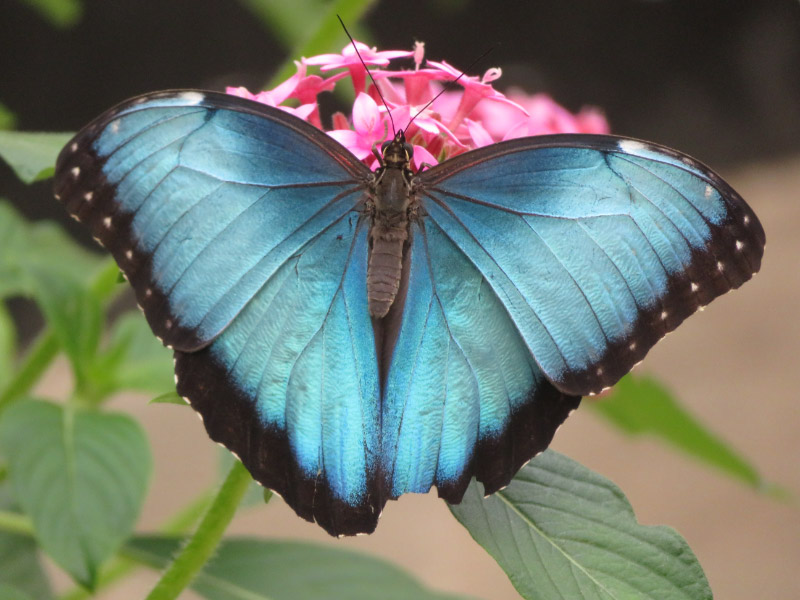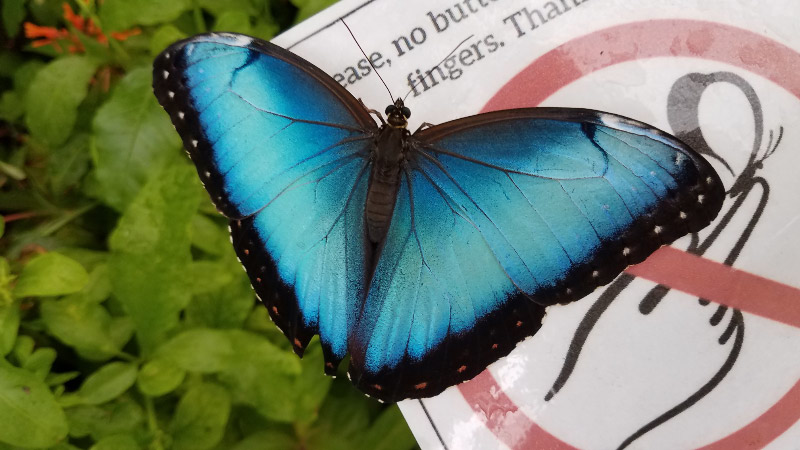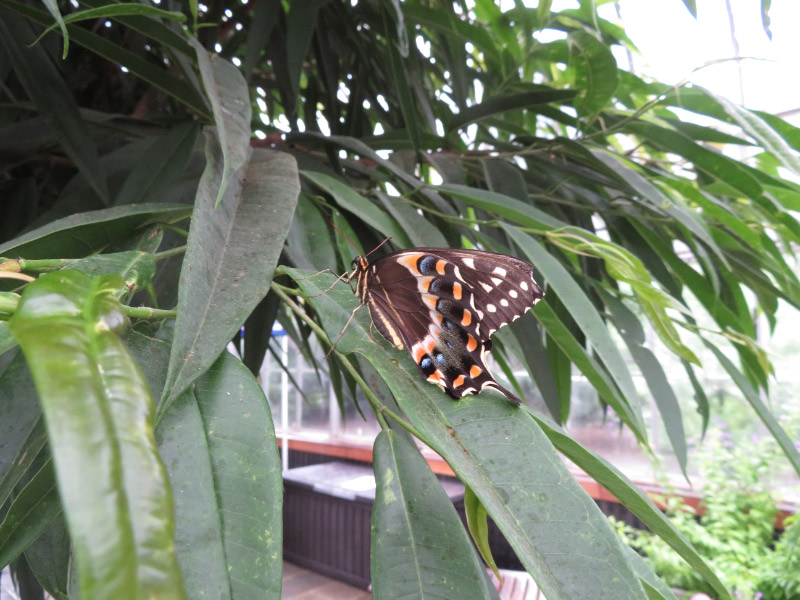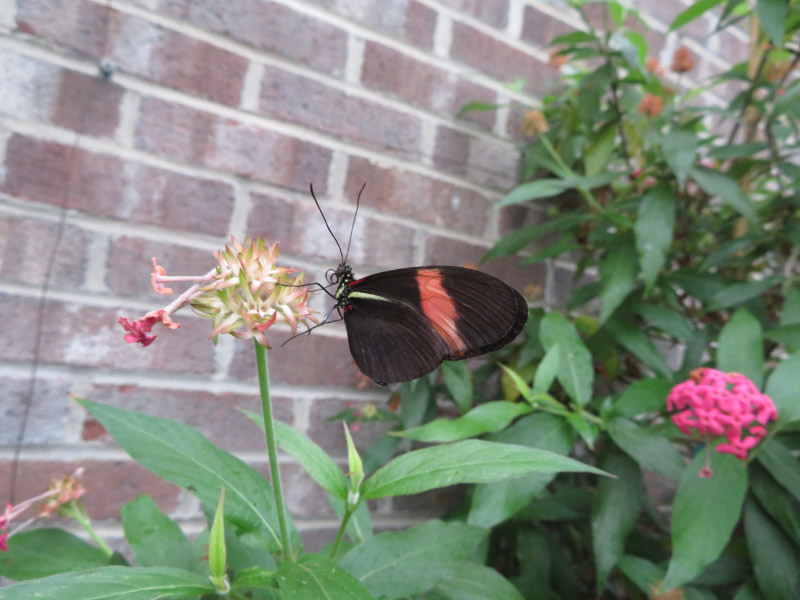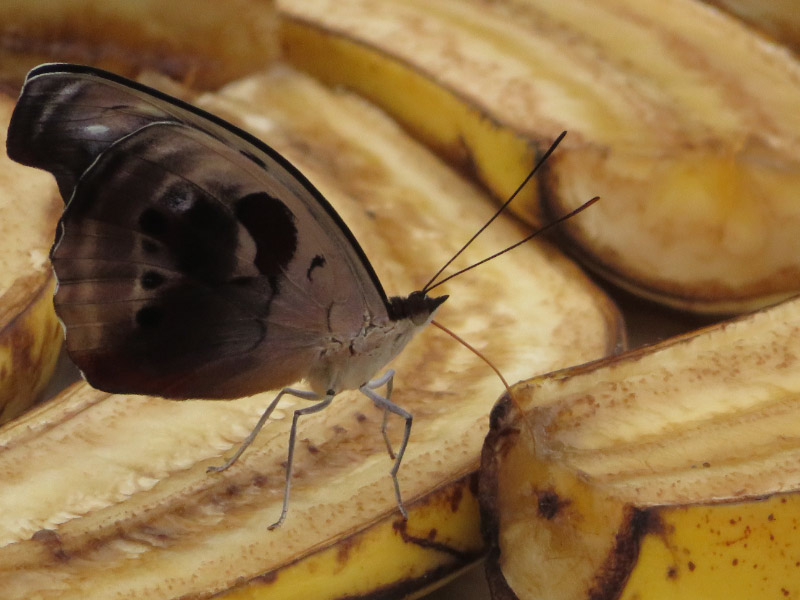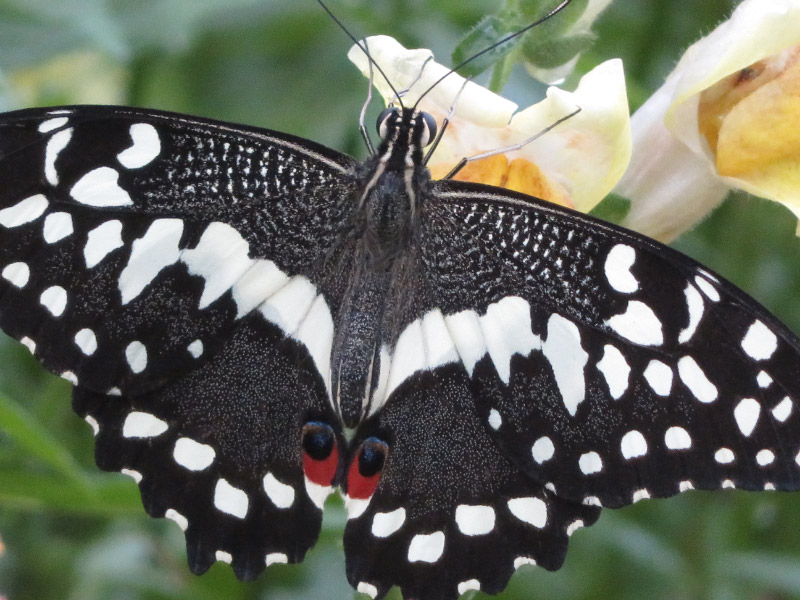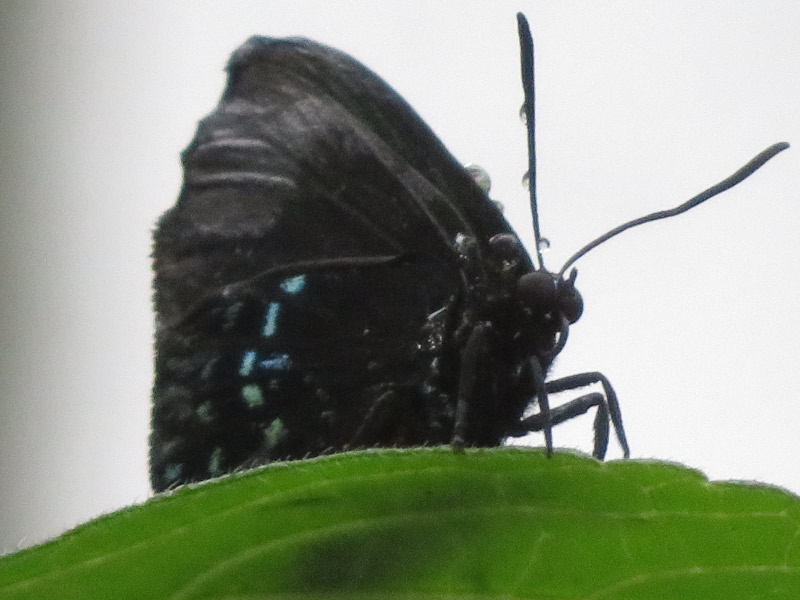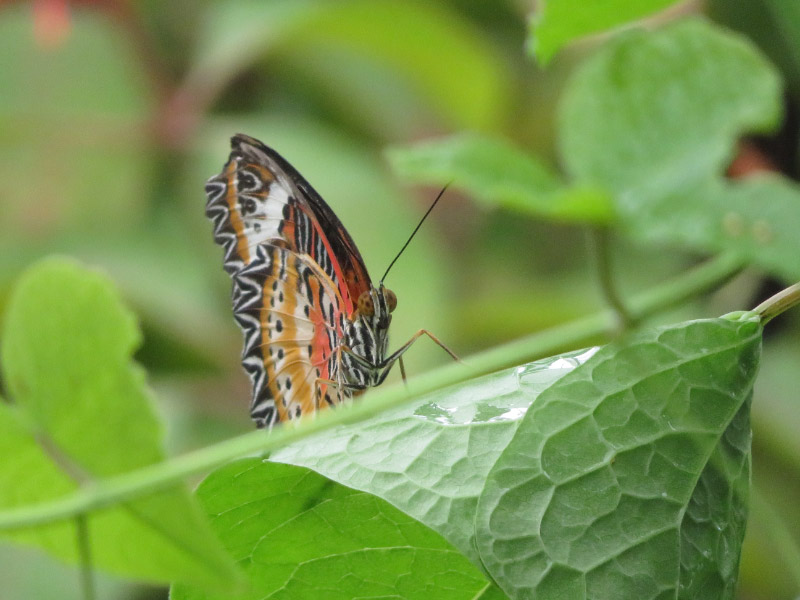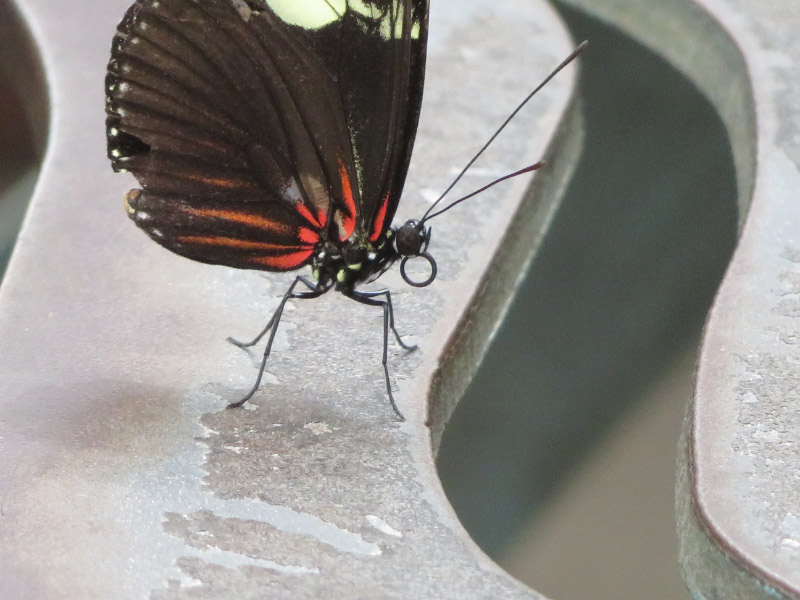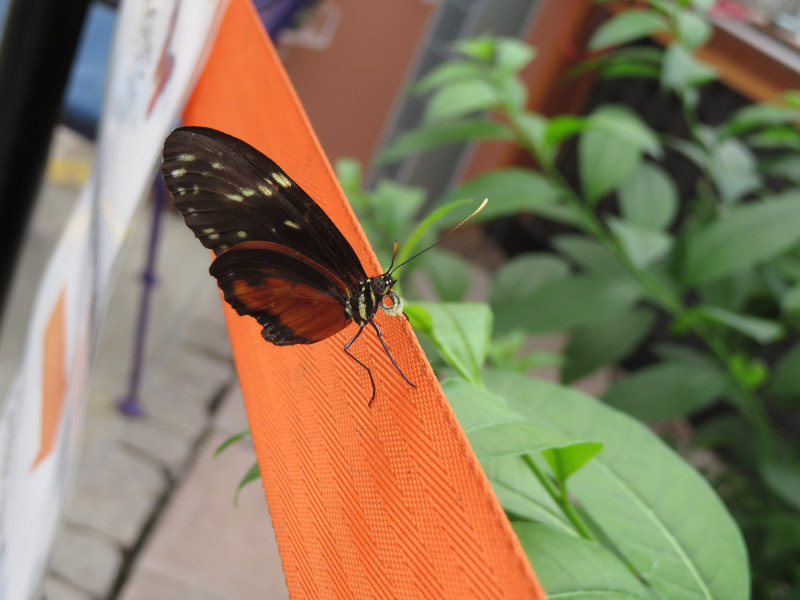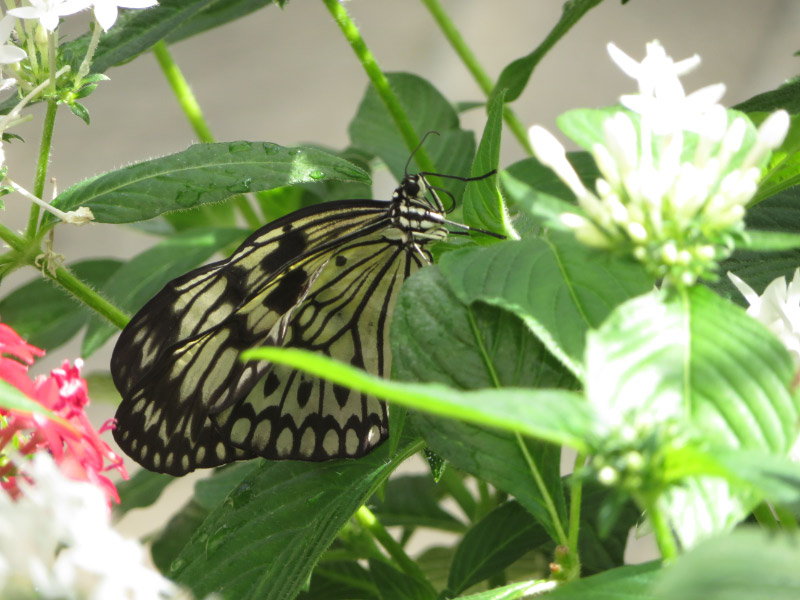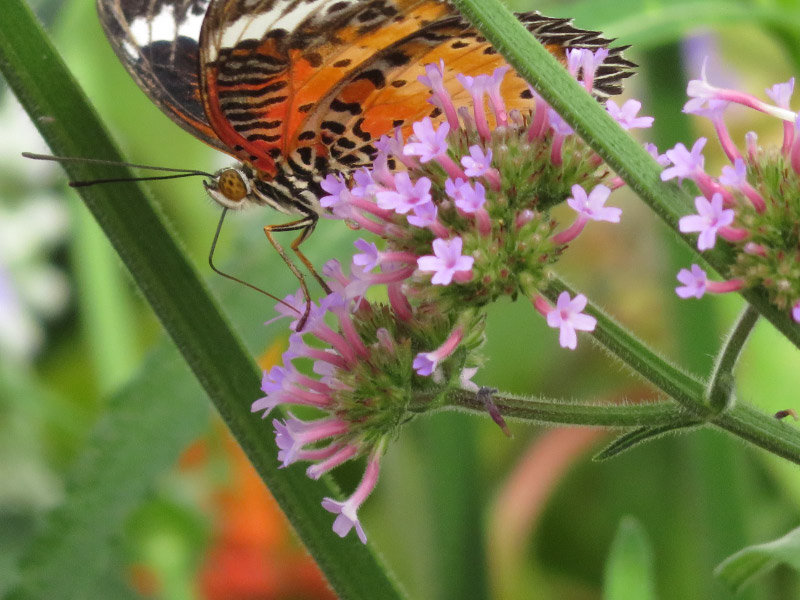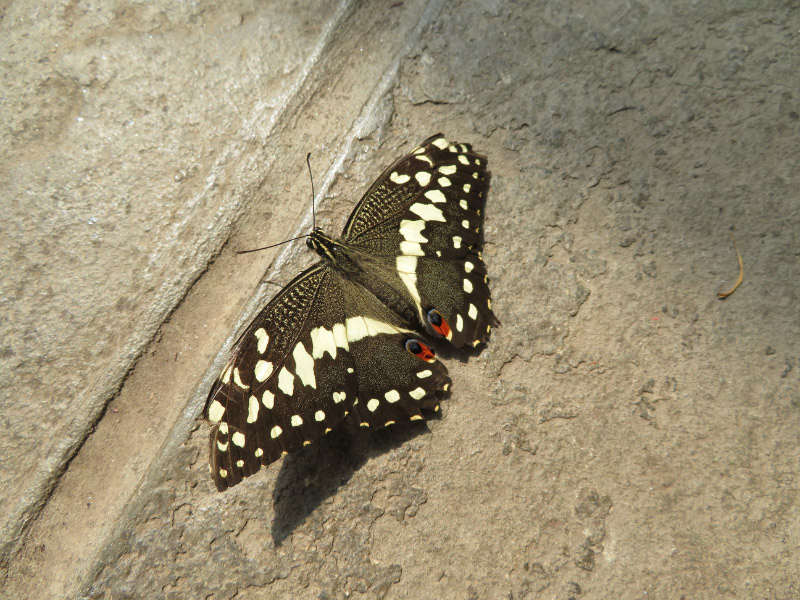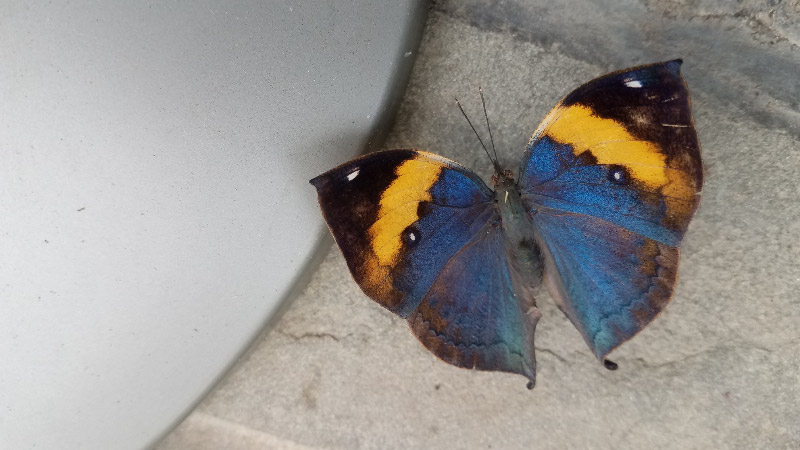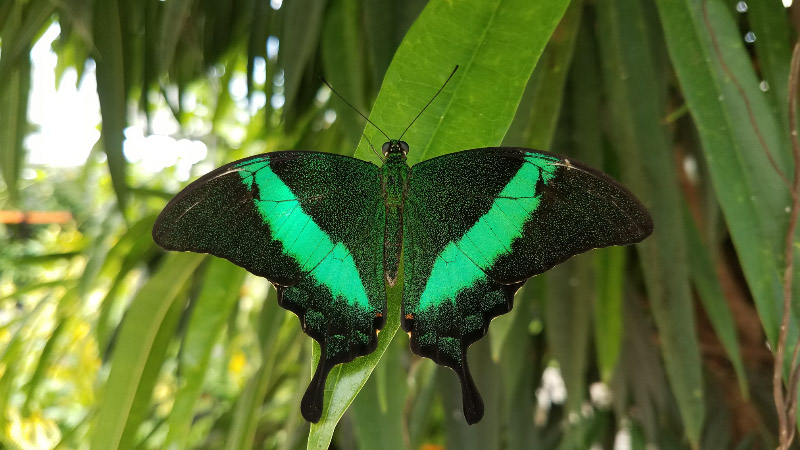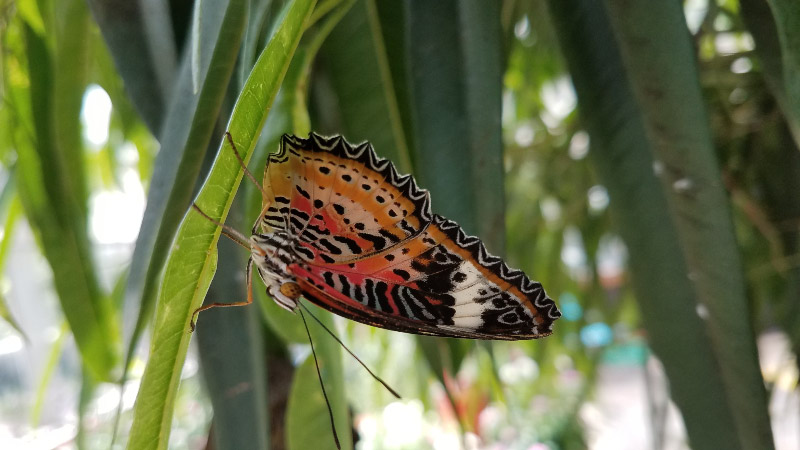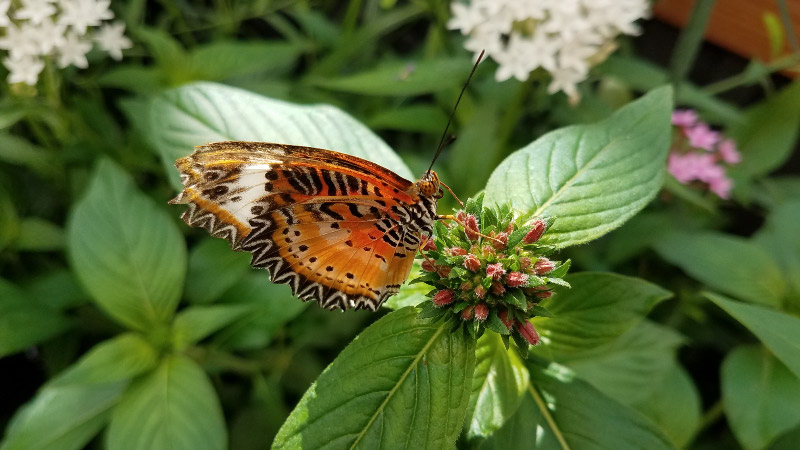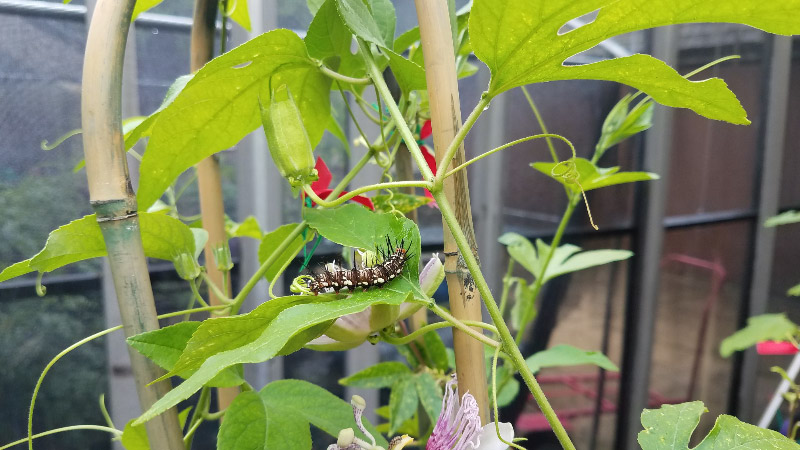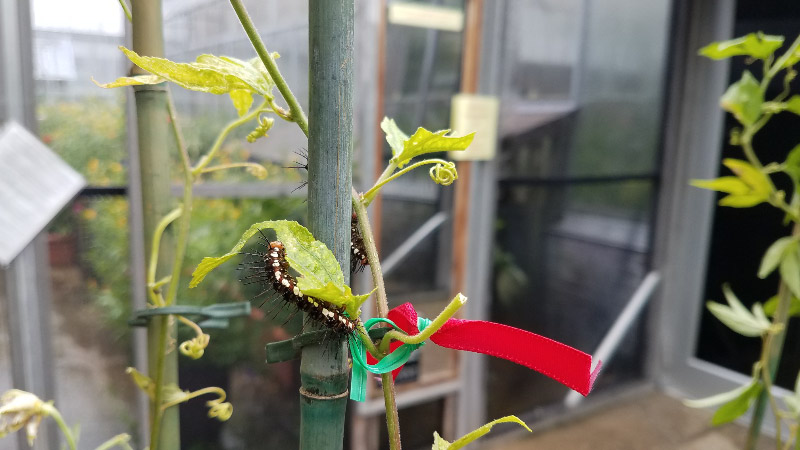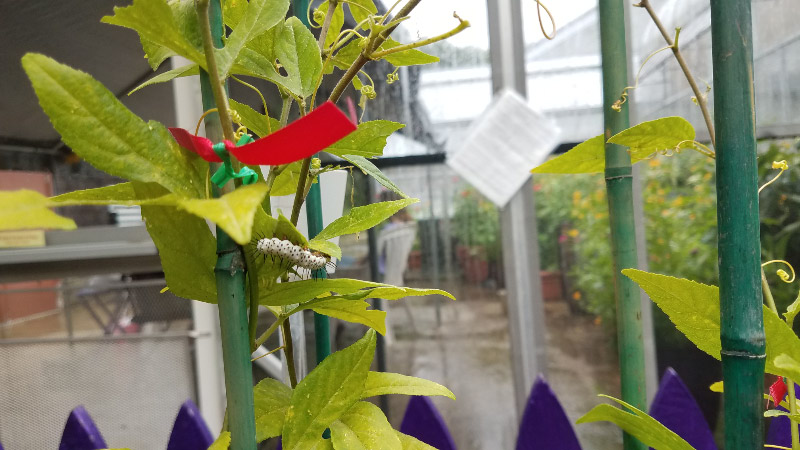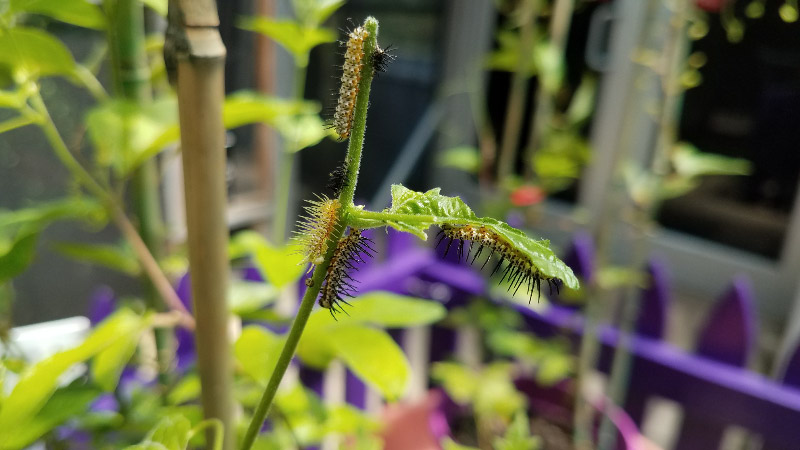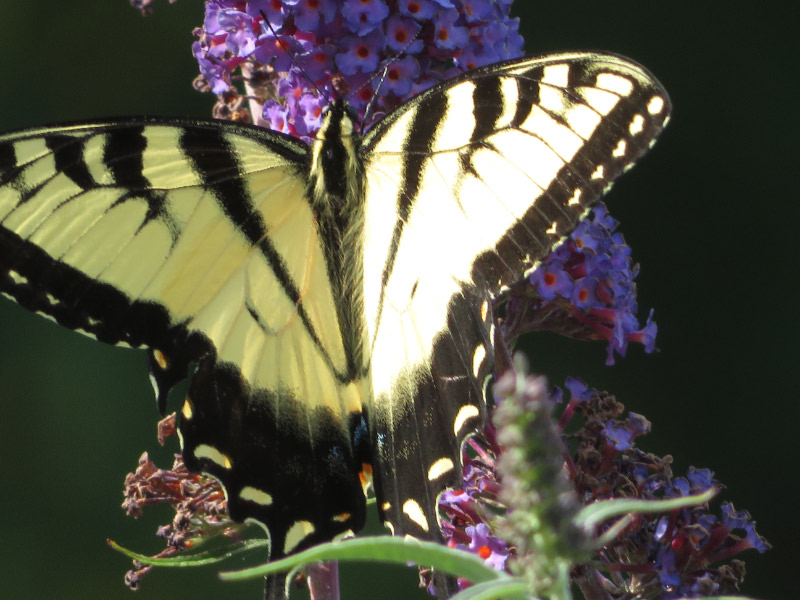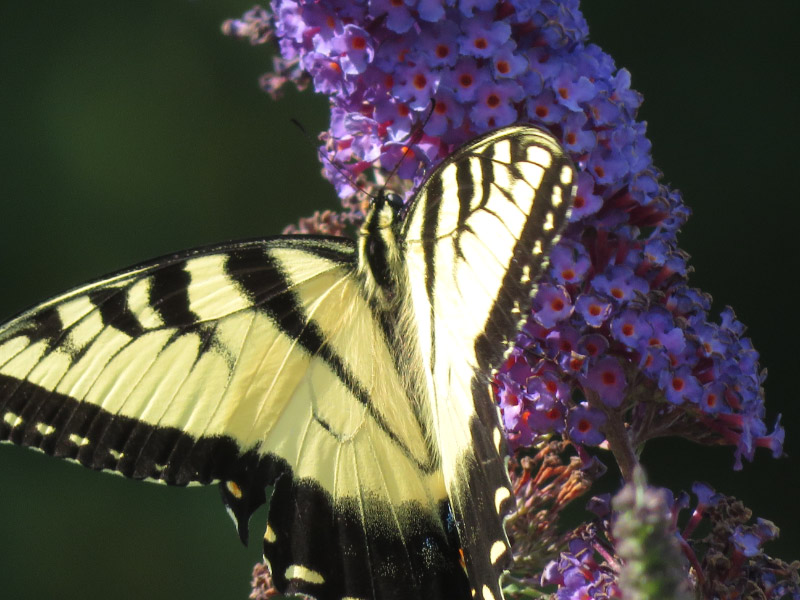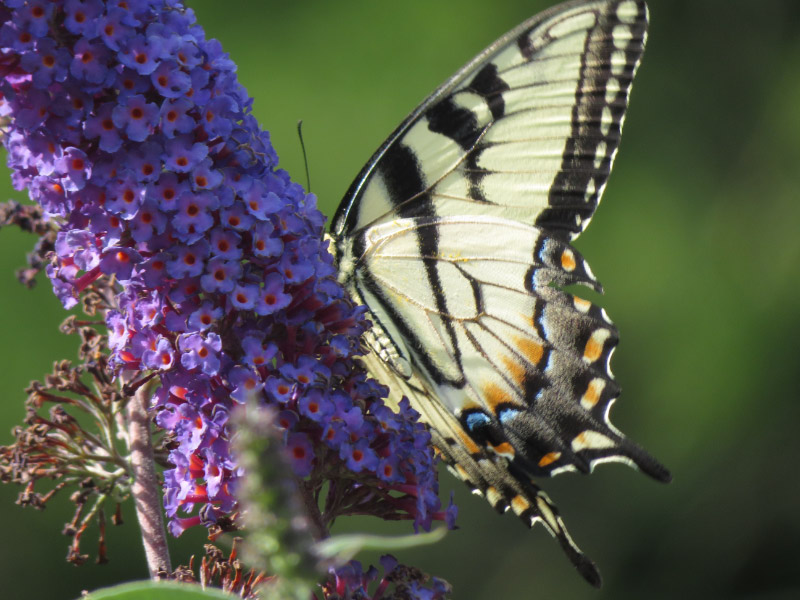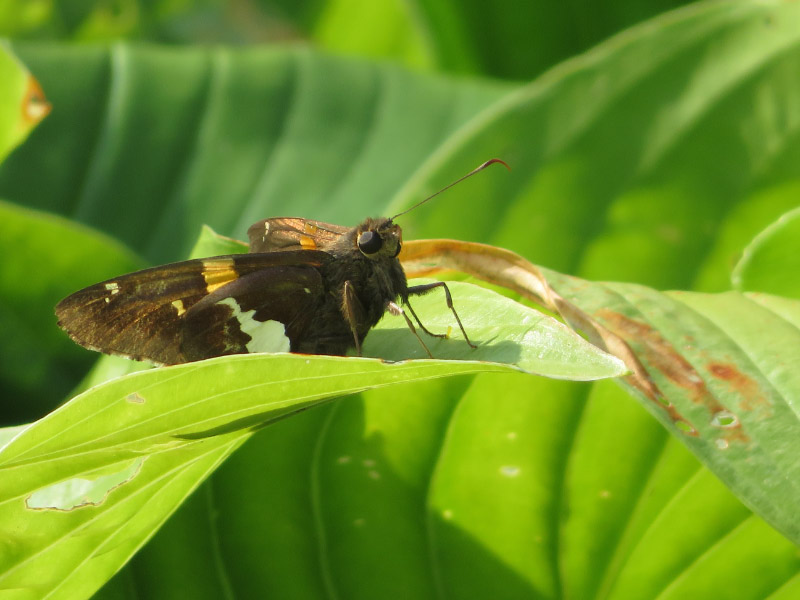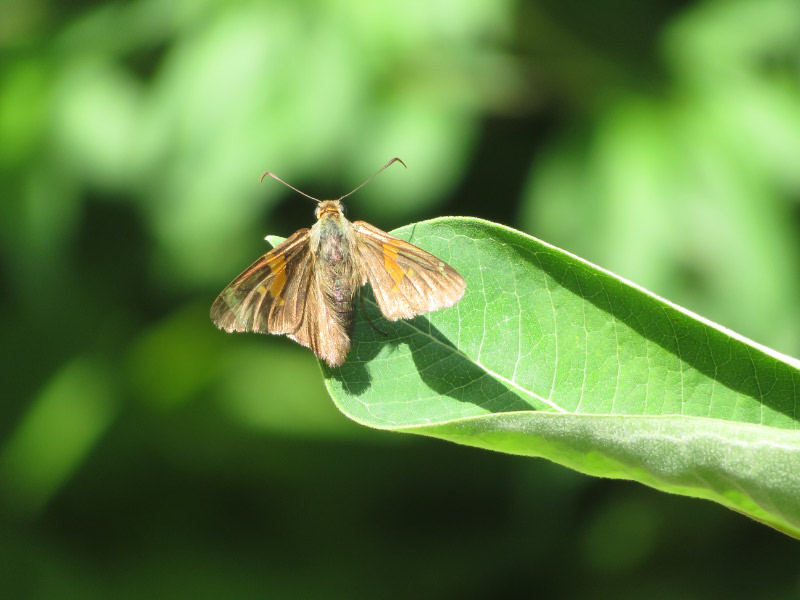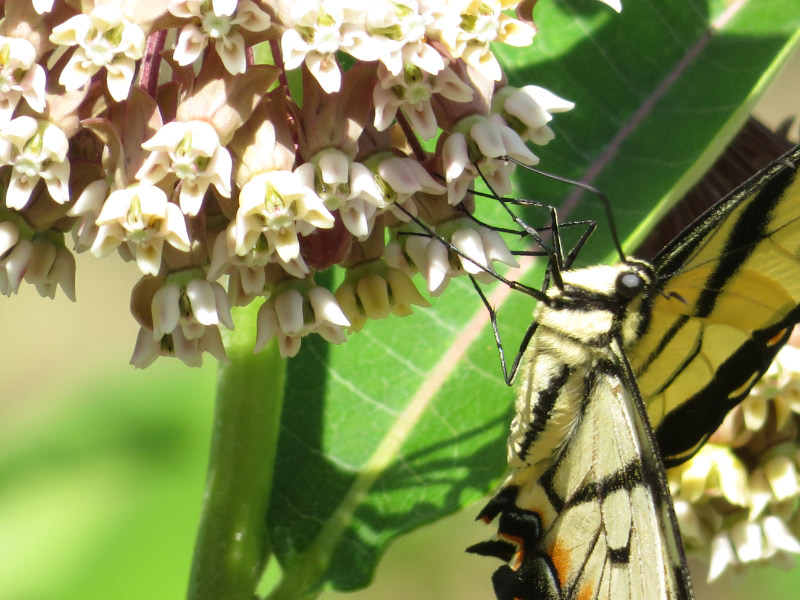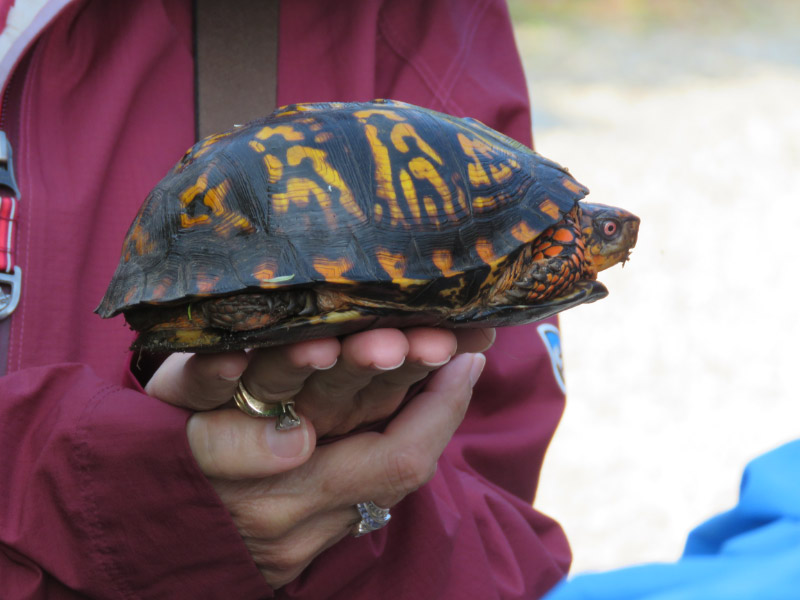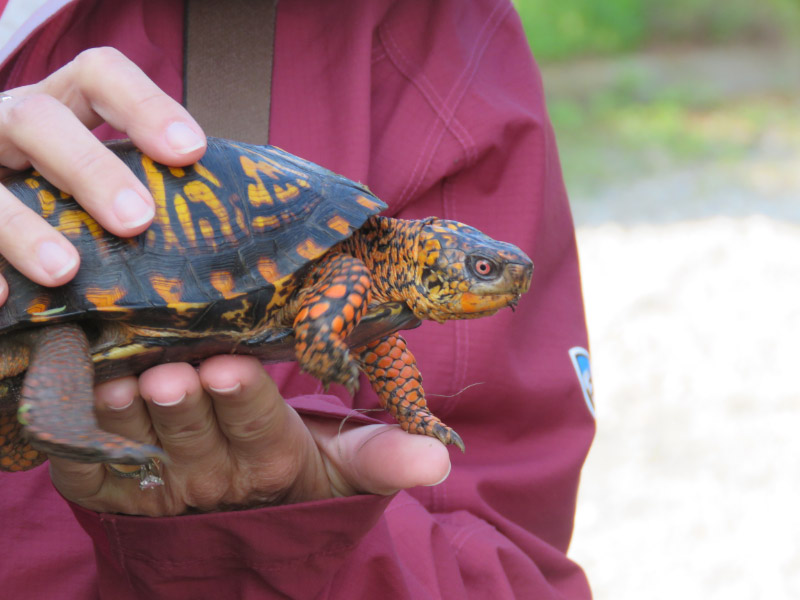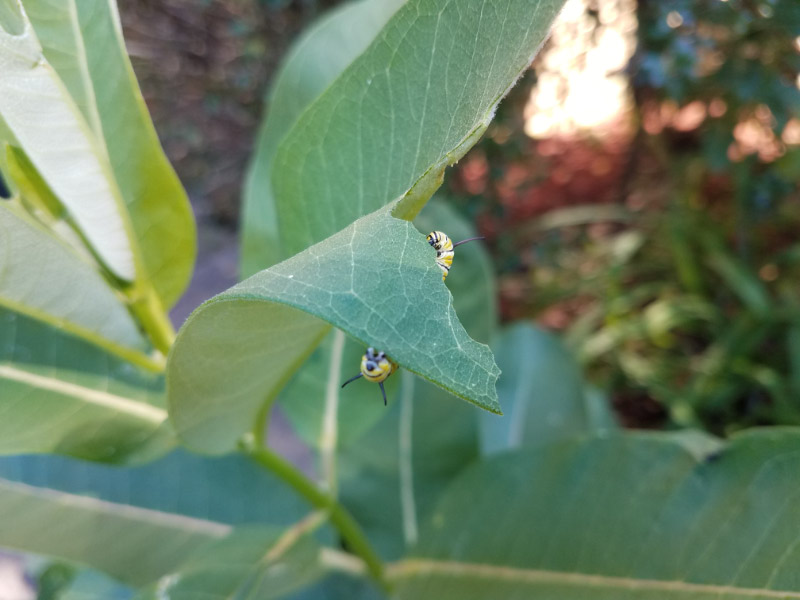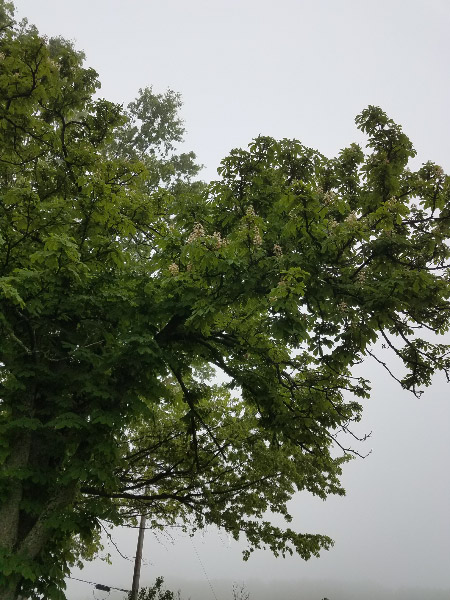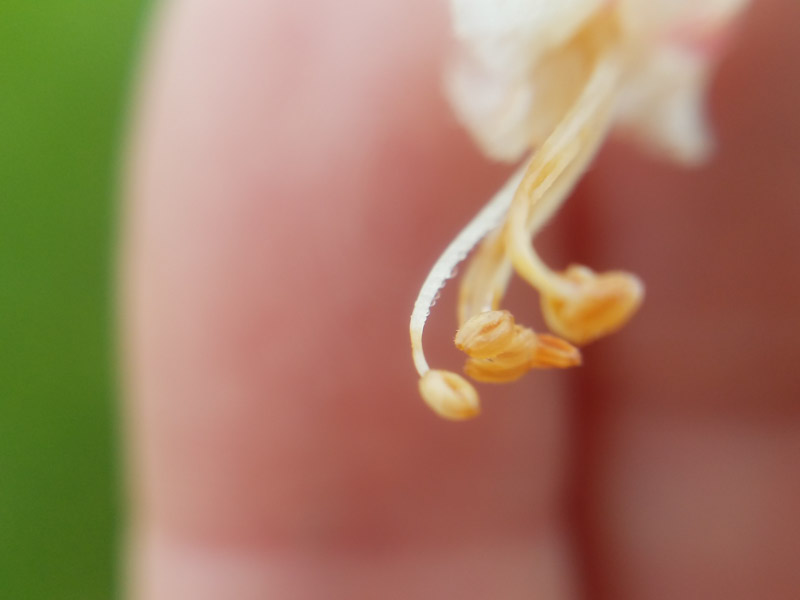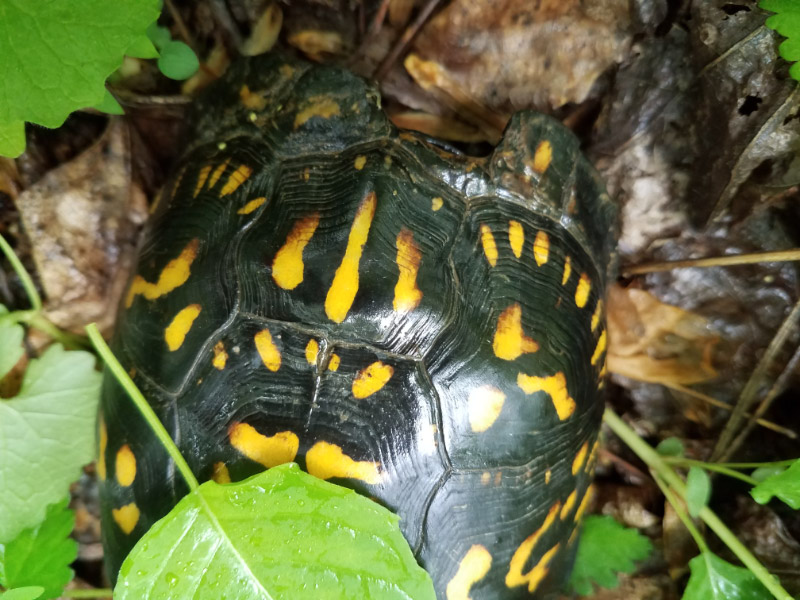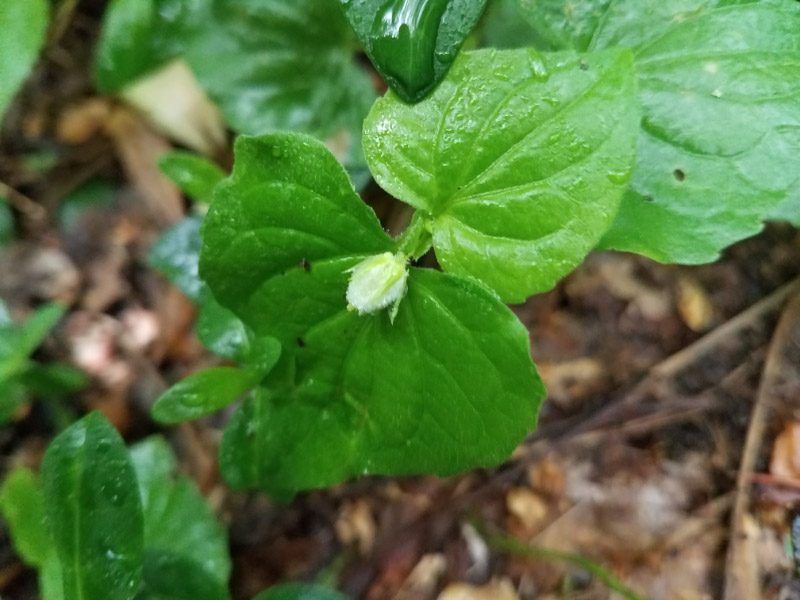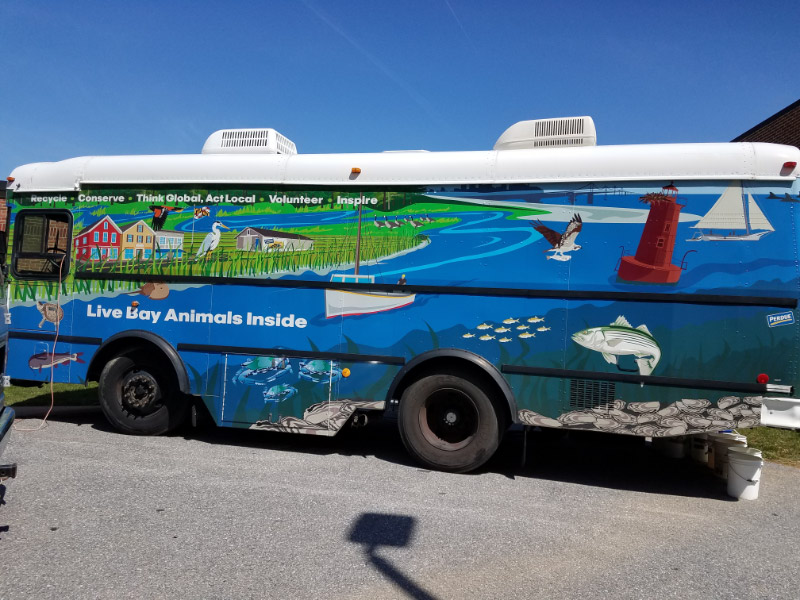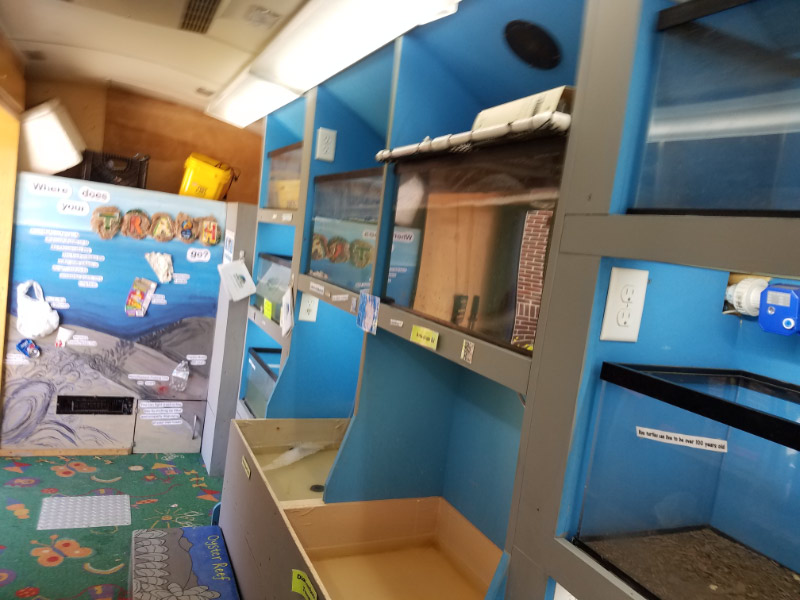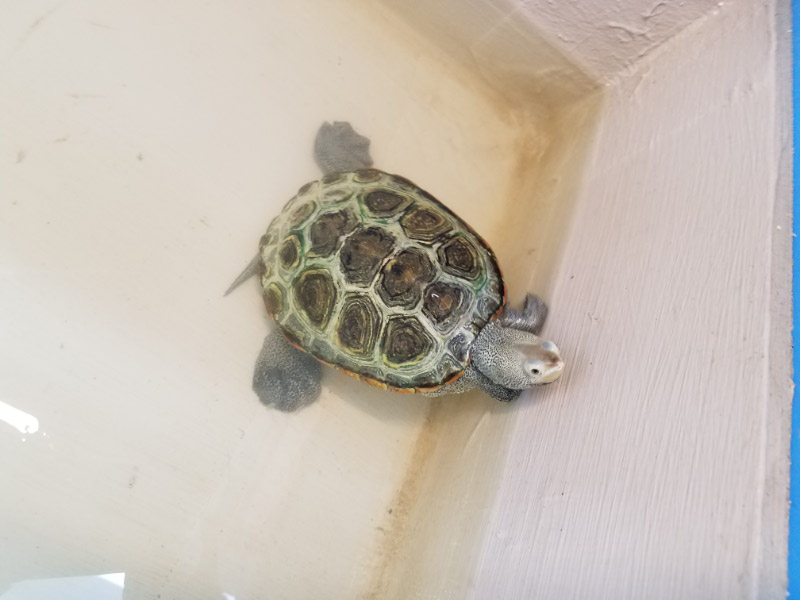Brookside Gardens – Butterflies and more
/Brookside Gardens’ Wings of Fancy exhibit was one of the places I volunteered in June – one of my happy places. One of my shifts was so cloud-covered and rainy that butterflies were still roosting in the fiscus at mid-morning.
There were more clearwing butterflies in the conservatory that earlier in the season – enough that I saw one or two during most of my shifts.
There aren’t as many paper kite butterflies this year…but they are still one of my favorites.
The overall favorite for most people is the blue morpho; it’s one of mine too although for more than the blue color…I like the orange markings on the underside and body too. I manage to get some quick pictures during times when there are very few or no visitors in the exhibit.
And there were many other kinds of butterflies that posed for a picture at handy times.
And then there is the caterpillar house. Most of the caterpillars that were in the house during June were Julia Longwing or Zebra Longwing; both use passion flower as the host plant for their caterpillars.
Toward the end of the month the eggs of the Palamedes swallowtail hatched….and the very small caterpillars begin to make their visible mark on the leaves. When they get bigger, they’ll have ‘eye spots’ to keep the predators away.
There were butterflies outside in the gardens too – mostly tiger swallowtails and skippers.
The bees enjoy the flowers too.
Sometimes a dragonfly would sit for long enough to be photographed.
Birds like the gardens. A goldfinch and cardinal were near the conservatory one morning before my shift. I also saw a catbird that same morning but it flew away before I could get a photograph.
But the high point of the animals at Brookside was a box turtle! I had just exited my car and saw it emerge from a bed at the side of the conservatory and walk across the concrete in front of the service door to the north conservatory.
It continued until it was close to the seal between the two doors then looked up like it expected the door to open. I wondered if it had – sometime in its life – spent some time inside the conservatory.






